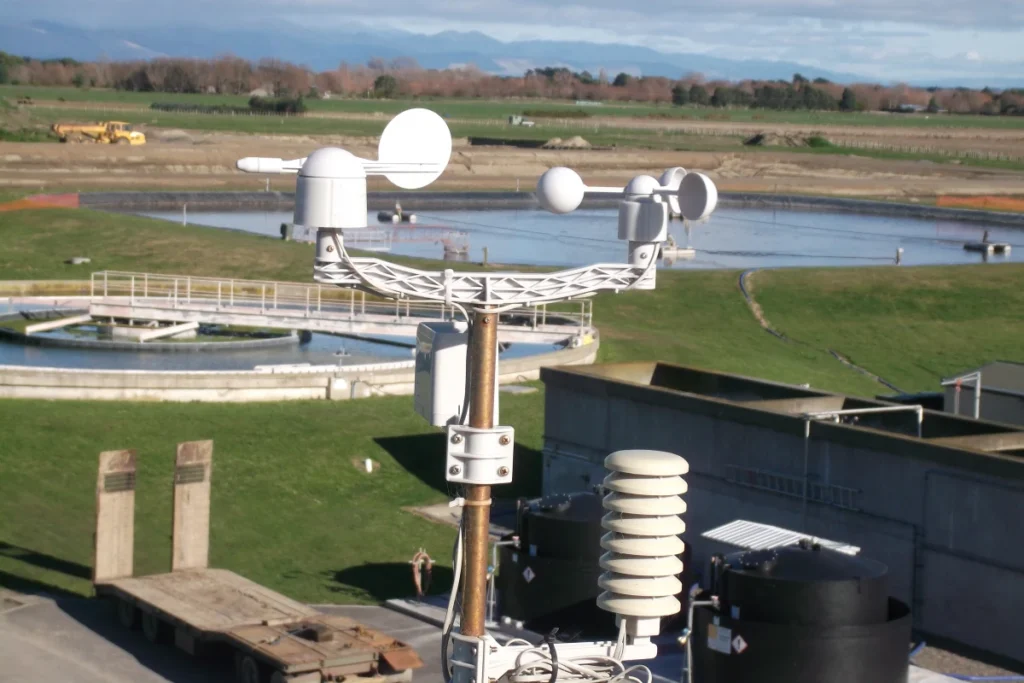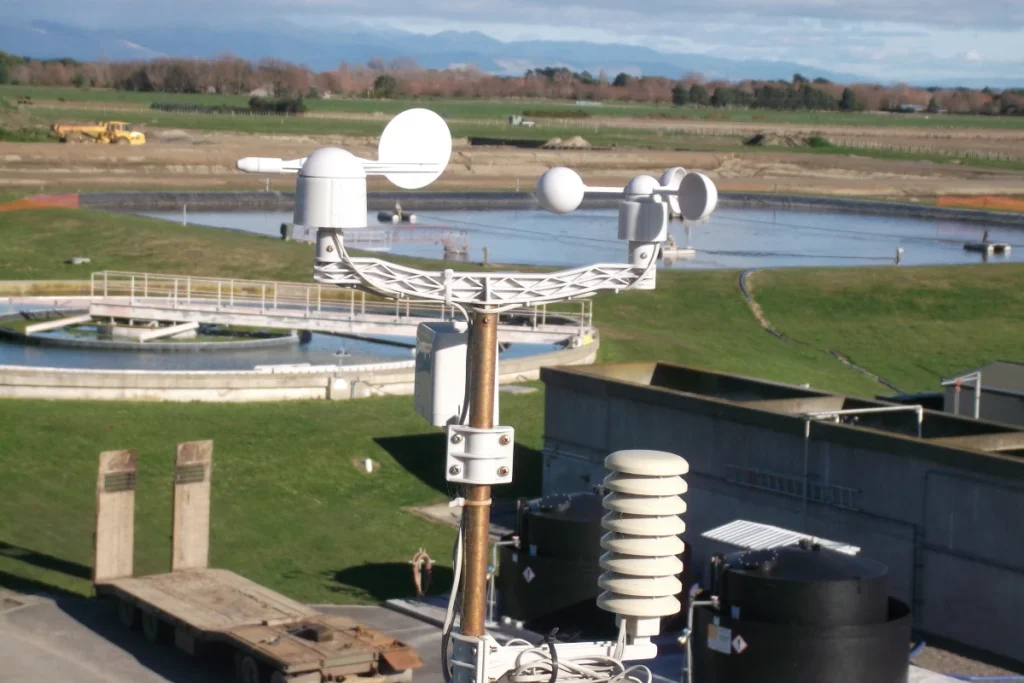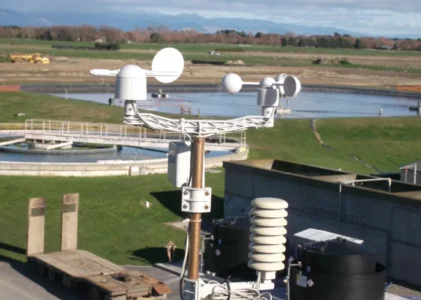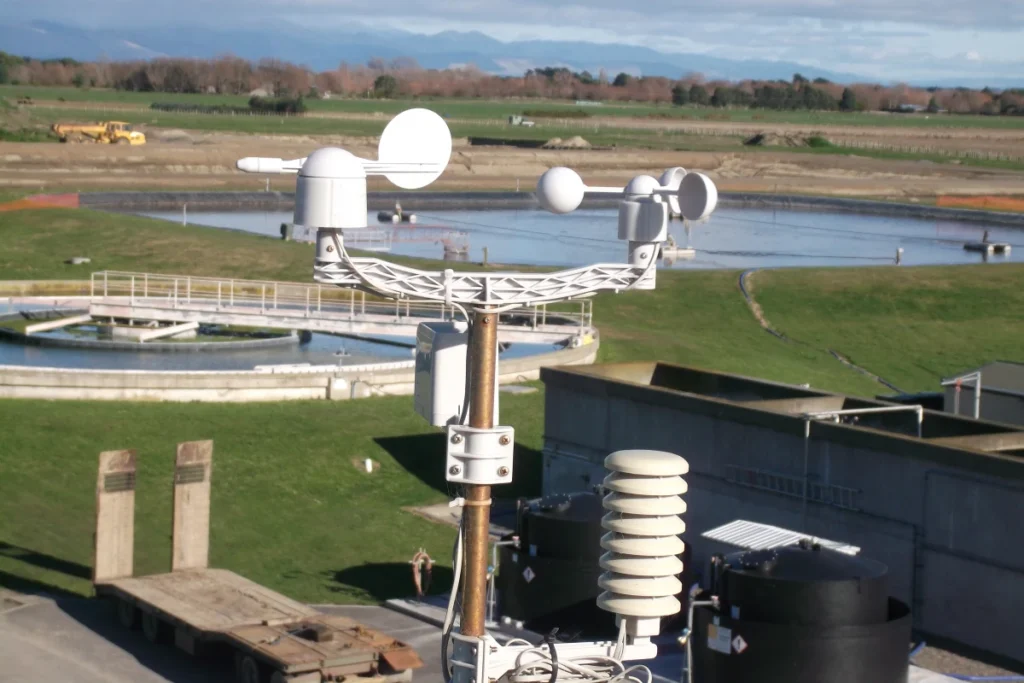
# Anemometer Definition: Understanding Wind Speed Measurement Devices
An anemometer is a device used to measure wind speed and, in some cases, wind direction. It is an essential tool in meteorology, aviation, and environmental studies, providing critical data for weather forecasting, climate research, and safety assessments. The term “anemometer” originates from the Greek word “anemos,” meaning wind, and “metron,” meaning measure.
## How Does an Anemometer Work?
Anemometers come in various designs, but they all serve the same purpose: to measure wind speed. The most common types include cup anemometers, vane anemometers, hot-wire anemometers, and ultrasonic anemometers.
– Cup Anemometers: These feature three or four cups mounted on horizontal arms that rotate with the wind. The rotation speed is proportional to the wind speed.
– Vane Anemometers: These combine a wind vane to measure direction with a propeller or cups to measure speed.
– Hot-Wire Anemometers: These use a heated wire that cools as wind passes over it, with the cooling rate indicating wind speed.
– Ultrasonic Anemometers: These measure wind speed and direction using ultrasonic sound waves, offering high accuracy and no moving parts.
## Applications of Anemometers
Anemometers are widely used in various fields:
– Meteorology: For weather forecasting and climate studies.
– Aviation: To ensure safe takeoffs and landings by monitoring wind conditions.
– Environmental Science: To study wind patterns and their impact on ecosystems.
– Engineering: To assess wind loads on structures like bridges and buildings.
– Renewable Energy: To evaluate wind resources for wind turbine placement.
## Why Are Anemometers Important?
Accurate wind speed measurement is crucial for safety, efficiency, and scientific research. Anemometers help predict severe weather, optimize energy production, and ensure the structural integrity of buildings and infrastructure. By understanding wind patterns, we can make informed decisions that protect lives and resources.
In conclusion, an anemometer is a vital instrument for measuring wind speed and direction. Its diverse applications and importance in various industries make it an indispensable tool in our modern world.
Keyword: anemometer definition



